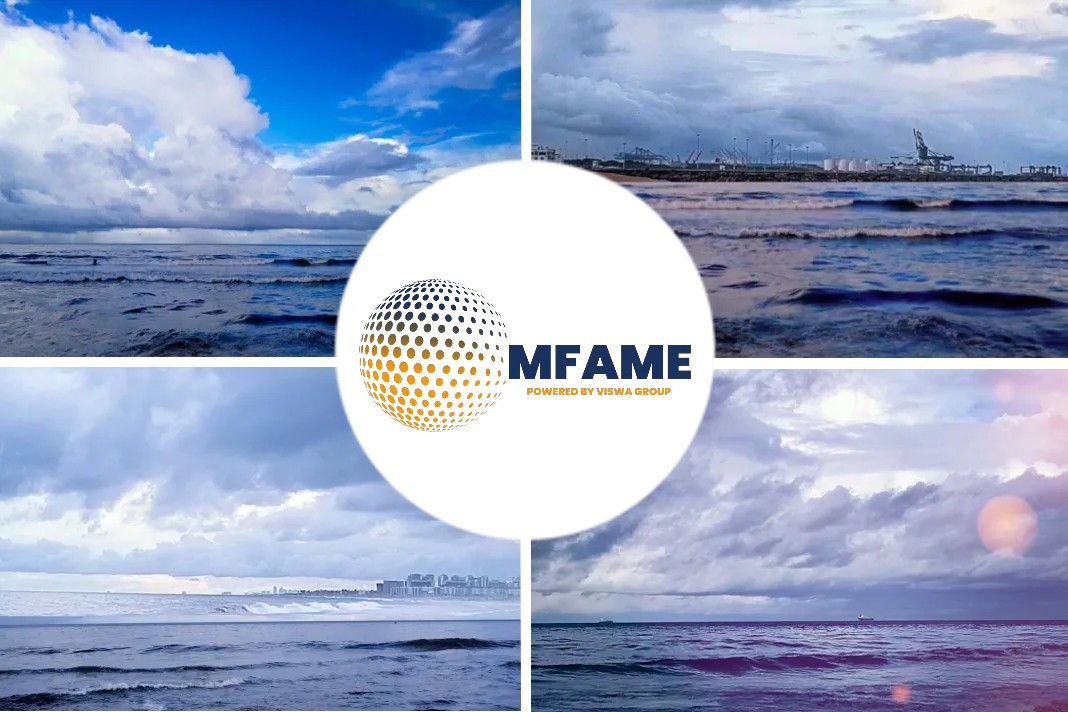Valour Consultancy is due to release the 2022 edition of its maritime report, 12 maritime connectivity stats you need to know, in the coming weeks, reports the Digital Ship.
The research highlights how the market has evolved since the report was last published. Senior research consultant at Valour Consultancy Joshua Flood unveils a small sample of the headline statistics from this year’s research.
- In 2021, more than 39,700 vessels worldwide were VSAT-equipped, with the associated airtime revenues for those vessels estimated at $1,263 million
- In addition, vessels with highspeed and voice L-band services totalled more than 47,300 and nearly 80,000 vessels on lowspeed/no voice services were active in 2021 Aggregated service charges reached $432 million in the same period
- Combined annual revenues of VSAT and L-band amounted to $1,685 million in 2021, a 42per cent jump up from 2020
- Inmarsat Fleet Xpress (FX) is now active on 11,500 vessels. Inmarsat had more than 11,500 vessels on its FX platform by the end of 2021 and Valour Consultancy projects a strong possibility this will reach more than 14,000 vessels globally by the end of 2022. Service providers operating as value-added resellers for the satellite operator are now installing more vessels than Inmarsat’s direct retail business, Inmarsat Solutions
- Nevertheless, Marlink remains the largest service provider globally. Valour Consultancy estimates the service provider is now more than twice the revenue size of its nearest competitor and collects 27per cent of the global retail airtime revenues
- As highlighted in the company’s maritime tracker service, it is easy to ascertain the dominance Marlink plays across most of the verticals in vessel count; 22 per cent in overall merchant, the same portion for containers, 25 per cent in tankers, 20 per cent in bulk carriers, and 21 per cent in offshore energy
- Wholesale connectivity revenues for the maritime connectivity market were $1,214 million in 2021; Inmarsat leading the market with almost a third of the total market, followed by Intelsat and SES
- Intelsat recorded the largest portion of VSAT wholesale revenues, with nearly 18 per cent of the global maritime market. Crew welfare and passenger satisfaction are key drivers of connectivity adoption
- The VSAT antenna systems market recorded a remarkable feat in 2021. The number of units shipped and activated globally increased by 70 per cent from 2020, and the average selling price of antenna systems across the board increased to $15,873 per system, up from $11,998. This rebound in the hardware market was, in effect, the “perfect storm” of conditions. Extraordinary freight charges for shipping containers, rebounds in offshore energy, passenger, some shortages in components and big shifts in perceptions
- As with the above point, one company came out on top. Intellian placed first in our VSAT antenna market share and generated roughly $108 million in VSAT antenna revenues. Detailed analysis for the company’s success will be noted in our report
- Looking to the overall market, we continue to see optimistic signs for further growth throughout 2022 and we project nearly 45,500 vessels will have active VSAT systems onboard globally. Associated VSAT revenues could total nearly $1.5 billion this year
- NGSO (MEO and LEO) projections have been included in the report. We start with a handful of active vessels in 2023 and highlight the potential for the new constellation to be a market opportunity of $1.9 billion over the forecast period which spans to the end of this decade
Did you subscribe to our daily Newsletter?
It’s Free! Click here to Subscribe
Source: The Digital Ship
















